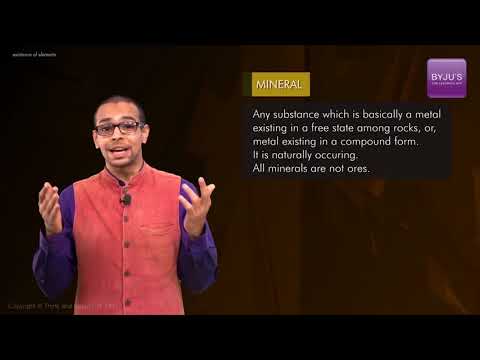What is Gypsum?
Gypsum mineral is non-toxic. It is a very common sulfate. Represented as CaSO4.2H2O and chemically known as calcium sulfate dihydrate. It consists of water, calcium sulfate attached to oxygen. It is useful to animals, humans, plants.
Table of Contents
Recommended Videos

Let’s see some other uses of gypsum in various ways.
Gypsum Uses
It helps in preventing cracks by acting as wadding in gypsum wallboard combined compound. It is also used in the manufacture of Plaster of Paris, ornamental purposes and many more.
Below are some uses of gypsum in its different forms and field:
- Uses of gypsum powder
- Uses of gypsum in agriculture
- Uses of gypsum board
- Other uses of gypsum
1. Uses of Gypsum Powder
On heating gypsum stone a white coloured powder is obtained. This white powder is smooth and is called gypsum powder. Gypsum is first crushed, heat-dried and then powdered.
1. Gypsum is used as fertilizer.
2. Gypsum prevents soil erosion, improves soil composition, helps the movement of water and air, and facilitates root growth.
3. Gypsum balances micronutrients like zinc, iron etc.
4. Gypsum powder is also used in making drywalls.
5. Also, different types of tofu are prepared with gypsum powder.
2. Uses of Gypsum in Agriculture
Gypsum gives nutrients to plants by providing sulphur and calcium where calcium helps in the absorption of nutrients in the roots. and sulphur improves crop yield.
2. It has the ability to improve acid soils.
3. It helps in treating aluminium toxicity.
4. Adding lime or gypsum to dispersive soils decreases the sodium exchange percentage, reduces dispersion, and increases stable soil structure.
3. Uses of Gypsum Board
Gypsum board is also known as plasterboard, drywall or wall board. It consists of the paper surface and non-combustible core. These boards are easy to install. It has excellent fire resistance. Helps in sound isolation by preventing the transfer of unnecessary sound. It is less expensive and has great durability.
4. Other Uses of Gypsum
Gypsum can be added to still water to separate the impurities. For example, adding gypsum to ponds so the dirt particles settle down without harming the aquatic life.
2. It helps in treating orthopaedic and surgical casts.
3. It can be consumed by humans and so it is present in food as additive ice cream, flour, blue cheese, white bread etc.
Frequently Asked Questions – FAQs
Is Gypsum harmful to humans?
The long-term adverse medical consequences of gypsum intake do not occur. Wash your teeth and drink lots of water if swallowed. Plaster powders/dust can potentially irritate the respiratory system in the eyes or delicate skin.
Where is gypsum found?
Gypsum rock is found worldwide and deposits extend from Baja, Mexico, across Utah and from southwest Texas to the Niagara River in New York State in North America. Nova Scotia is home to the largest gypsum quarry in the world and is owned by National Gypsum.
What is the chemical formula and name of gypsum?
The chemical formula of gypsum is CaSO4.2H2O and its chemical name is calcium sulphate dihydrate.
What is plaster of Paris used for?
The Plaster of Paris is a construction material used on walls and floors as a protective covering. For decorative elements, it is often used as a moulding and casting agent. It is used to provide the structures with aesthetic finishing touches.
This was brief on gypsum uses in our daily life. To know more about the uses of gypsum download the BYJU’S – the learning app.

Comments